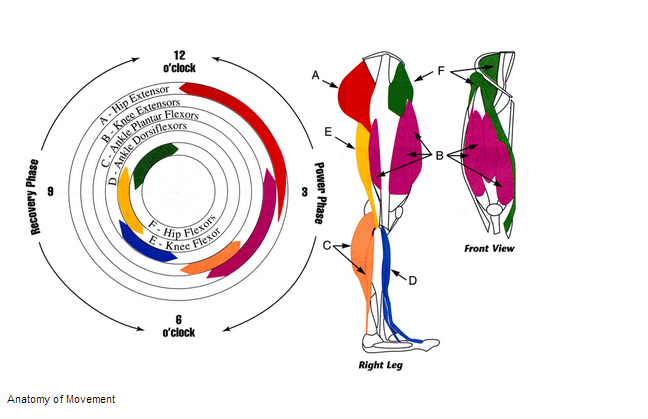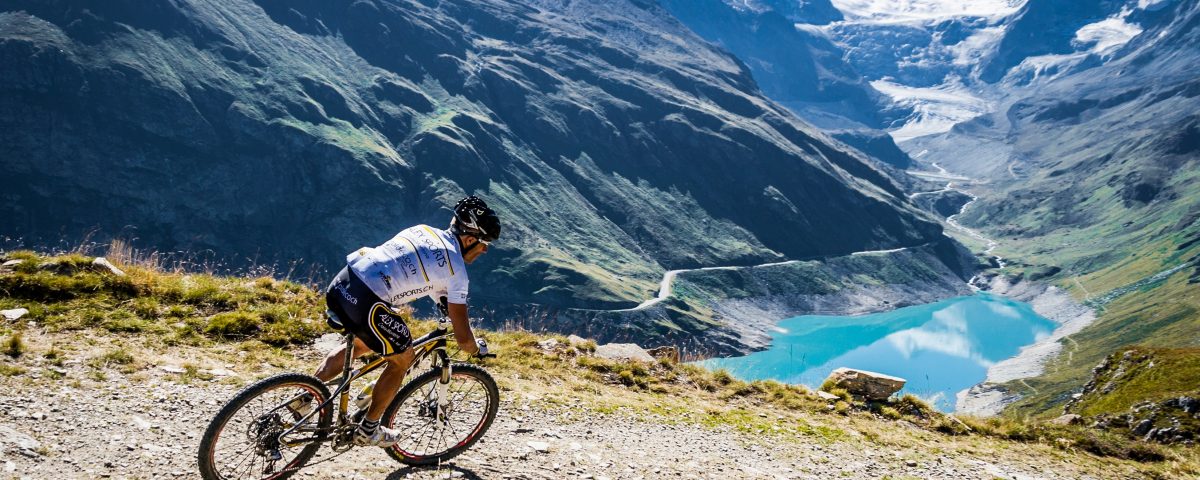The beautiful world of cycling biomechanics

Compression garments
July 17, 2017
Pain Neuroscience Education
August 7, 2017So, what do you do when your 35 years old physiotherapist and you’ve just been told by your knee surgeon, your saviour from pain that he won’t operate on your knee for the 4th time as you have severe osteoarthritis in it from 30 years of playing football and the surgery will not help relieve my painful swollen angry knee!!
Well I decided to finally quit the sport that I grew my entire phone list of friends from and find something just as challenging that would not destroy my body ….it was cycling!!!, gadgets, speed, carbon fibre frames, bike computers, aero, lightweight, derailleurs, chain rings…. the list goes on, to me the fact I didn’t know anything besides riding a BMX bike when I was 10years old was the excitement of the unknown.
What I’ve learnt in my 3 years of riding is there is a huge part of it is Biomechanics, how the body moves on the bike, and how to make it move to create efficiency and speed and to avoid injuries while doing just that!
Phases of Pedalling During Cycling
There are 2 main phases of the pedal cycle; the power phase and the recovery phase. If you imagine the pedal cycle as a clock face and you start with the pedal at 12 o’clock, this is known as Top Dead Centre (TDC). The pedal is then pushed down from 12 until 6 o’clock, this position is known as Bottom Dead Centre (BDC). The phase between the 2 is known as the Power Phase where all the force is generally generated to propel the bike forward.
The transition from BDC back up to TDC is known as the Recovery Phase. Now not all the muscles just switch off during this phase, it just is not as active as the Power Phase.
If you look at the image you can see what muscles are working at which points during the pedal cycle.
 The pelvis is the start of the lower limb complex, and is compromised of the ischium and the ilium. The ischial tuberosities (also referred to at the sitting bones) are located here and play an important role for the hamstrings, as this is where all three originate. The hip is also an important anatomical feature as this is a large ‘ball and socket’ type joint, which allows for a large degree of multidirectional movement. During cycling the hip allows for and guides hip flexion, extension and small degree of rotation. Further down the lower limb complex the knee is found. This ‘hinge’ joint acts as a lever to the femur, as the femur is the longest bone in the body this can create large amounts of torque. This is where the patella (knee bone) plays a vital role, as it acts as a fulcrum and enables the force from the upper leg to be transferred to the lower leg.
The pelvis is the start of the lower limb complex, and is compromised of the ischium and the ilium. The ischial tuberosities (also referred to at the sitting bones) are located here and play an important role for the hamstrings, as this is where all three originate. The hip is also an important anatomical feature as this is a large ‘ball and socket’ type joint, which allows for a large degree of multidirectional movement. During cycling the hip allows for and guides hip flexion, extension and small degree of rotation. Further down the lower limb complex the knee is found. This ‘hinge’ joint acts as a lever to the femur, as the femur is the longest bone in the body this can create large amounts of torque. This is where the patella (knee bone) plays a vital role, as it acts as a fulcrum and enables the force from the upper leg to be transferred to the lower leg.
The ankle joint allows for dorsi-flexion (toes up) and plantar-flexion (toes down) in cycling, which allows for a term known as ‘ankleing’ where the foot moves from a dorsi-flexed position to a plantar-flexed position through the bottom of the pedal stroke before returning to a dorsi-flexed position.
The Role Of Muscles In Cycling
The initiation of the pedal cycle starts with the gluteals, taking the hip from a flexed position at TDC through the power phase to an extended position. Then at approximately 3 o’clock in the pedal cycle the quadriceps kick in to take the knee from its flexed position to an extended position at BDC.
The rectus femoris (front thigh muscle) is one of the four quadricep muscles, but the only one to cross both the hip and knee joint, giving it duel responsibility of hip flexion and knee extension. The quadriceps work in close partnership with the gluteals (maximus), these are two large powerful groups of muscles produce the greatest amount of torque in cycling. Due to the position on the bike, muscles such as the rectus femoris can become shortened leading to anterior hip pain, but also commonly patella femoral pain. This is due to the rectus femoris leading into the patella tendon and attaching onto the tibial tuberosity, so if this muscle becomes shortened it can increase the compressive forces around the patella, causing discomfort.
The main role of the hamstrings is knee flexion but they also assist hip extension. During cycling depending on the position that is adopted by the cyclist if on an upright bike, the ischial tuberosities may take most of the load through the saddle therefore compressing the origin of the hamstrings. The hamstrings main role in cycling is to assist the knee flexion up through the back part of the pedal stroke but they also play an important part in stabilising the knee through BDC.
Further down the chain into the lower leg the gastrocnemius and soleus haven’t been found to add much power to the pedal stroke but their main role is to stabilise the lower leg to enable an efficient transition of the force generated by the upper leg to the pedal.
Then as we come back up the other side of the pedal cycle the hamstrings kick in to help flex the knee to bring it back up to TDC, and when enough knee flexion and hip flexion is achieved the hip flexors start to work again to bring the leg up to true TDC to start the cycle again.
Trunk, Back and Arm
There is more to cycling than the movement of the lower limbs. The trunk and back play an important role in stabilising the spine and maintaining posture. There are many muscles within the back but to name a few multifidi and the quadratus lumborum are a couple of the main stabilisers of the spine when undergoing lateral and rotational movements, such as right leg enters the power phase whilst the left side of the spine stabilises and vice versa. The erector spinae muscles also play an important part in maintain a stable posture whilst on the bike.
It seems very technical, but the take home point here is if one part of the biomechanics isn’t working smoothly, then the speed and efficiency on the bike will be sacrificed, fix these issues before they become a problem!
Abdominal muscles such as the rectus abdominus help to maintain stability as does the obliques. The obliques similarly to the back muscles will help stabilise a contralateral (opposite) limb movement. As we move up the spine toward the shoulders, the latissimus dorsi and trapezius muscles enable the rider to fix their upper body onto the handlebars. The upper body has a role in stabilising contralateral torque, so as the right leg pushes down the left arm anchors to the handle bars and pulls up.
Similarly, with the feet the hands can undergo sustained amount of pressure so vascularity and nerves can become injured, most commonly the ulna nerve followed by the median nerve.




